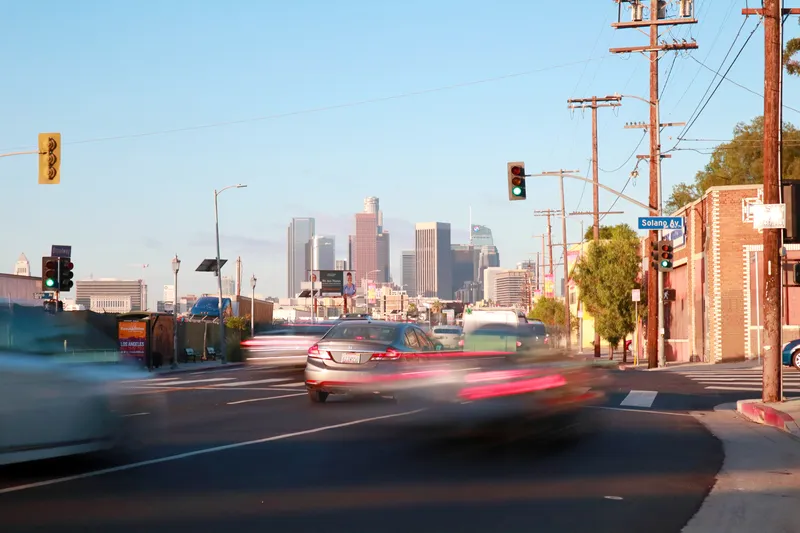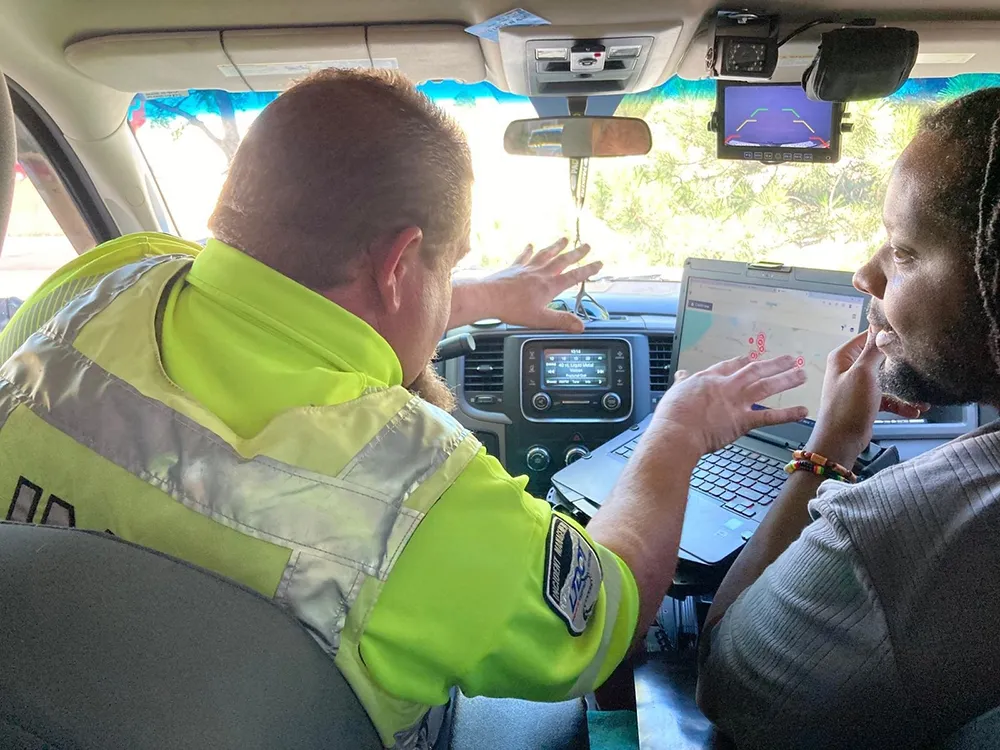Until they can raise the US$1 billion it would take to expand congestion-plagued Oregon 217, state traffic planners say they'll focus on making it a smarter highway. Oregon Department of Transportation (ODOT) engineers believe that a US$6.5 million artificial traffic intelligence project planned for the 217 corridor will permanently alter the Portland metro area's daily commuting culture. The interconnected system will rely on new underground sensors and advanced computer algorithms. The federal government
May 2, 2013
Read time: 2 mins
Until they can raise the US$1 billion it would take to expand congestion-plagued Oregon 217, state traffic planners say they'll focus on making it a smarter highway.
5837 Oregon Department of Transportation (ODOT) engineers believe that a US$6.5 million artificial traffic intelligence project planned for the 217 corridor will permanently alter the Portland metro area's daily commuting culture.
The interconnected system will rely on new underground sensors and advanced computer algorithms. The federal government is providing most of the funding.
The next phase will happen later this year, when ODOT switches on a series of giant LED screens giving motorists estimated times to key locations and interchanges, as well as crash alerts and lane closures.
Meanwhile, engineers will install sensors into the looping, crash-prone interchange with US 26 that will take moisture readings and flash speed warnings to drivers when the road is wet.
The system is designed to work about a mile-and-a-half before motorists hit serious gridlock, said Matt Beaulieu, a451 Washington State Department of Transportation engineer.
"Obviously, no one needs to be told to slow if traffic is already crawling," Beaulieu said. "But these are for the people coming up to slow traffic. They're intended to get them to pay attention, to avoid panic braking and erratic last-minute lane changing.
"Ultimately, you can't build your way out of congestion," he said. "But you can make a system that's more reliable, so that the commute doesn't vary so much from day to day."
The interconnected system will rely on new underground sensors and advanced computer algorithms. The federal government is providing most of the funding.
The next phase will happen later this year, when ODOT switches on a series of giant LED screens giving motorists estimated times to key locations and interchanges, as well as crash alerts and lane closures.
Meanwhile, engineers will install sensors into the looping, crash-prone interchange with US 26 that will take moisture readings and flash speed warnings to drivers when the road is wet.
The system is designed to work about a mile-and-a-half before motorists hit serious gridlock, said Matt Beaulieu, a
"Obviously, no one needs to be told to slow if traffic is already crawling," Beaulieu said. "But these are for the people coming up to slow traffic. They're intended to get them to pay attention, to avoid panic braking and erratic last-minute lane changing.
"Ultimately, you can't build your way out of congestion," he said. "But you can make a system that's more reliable, so that the commute doesn't vary so much from day to day."









